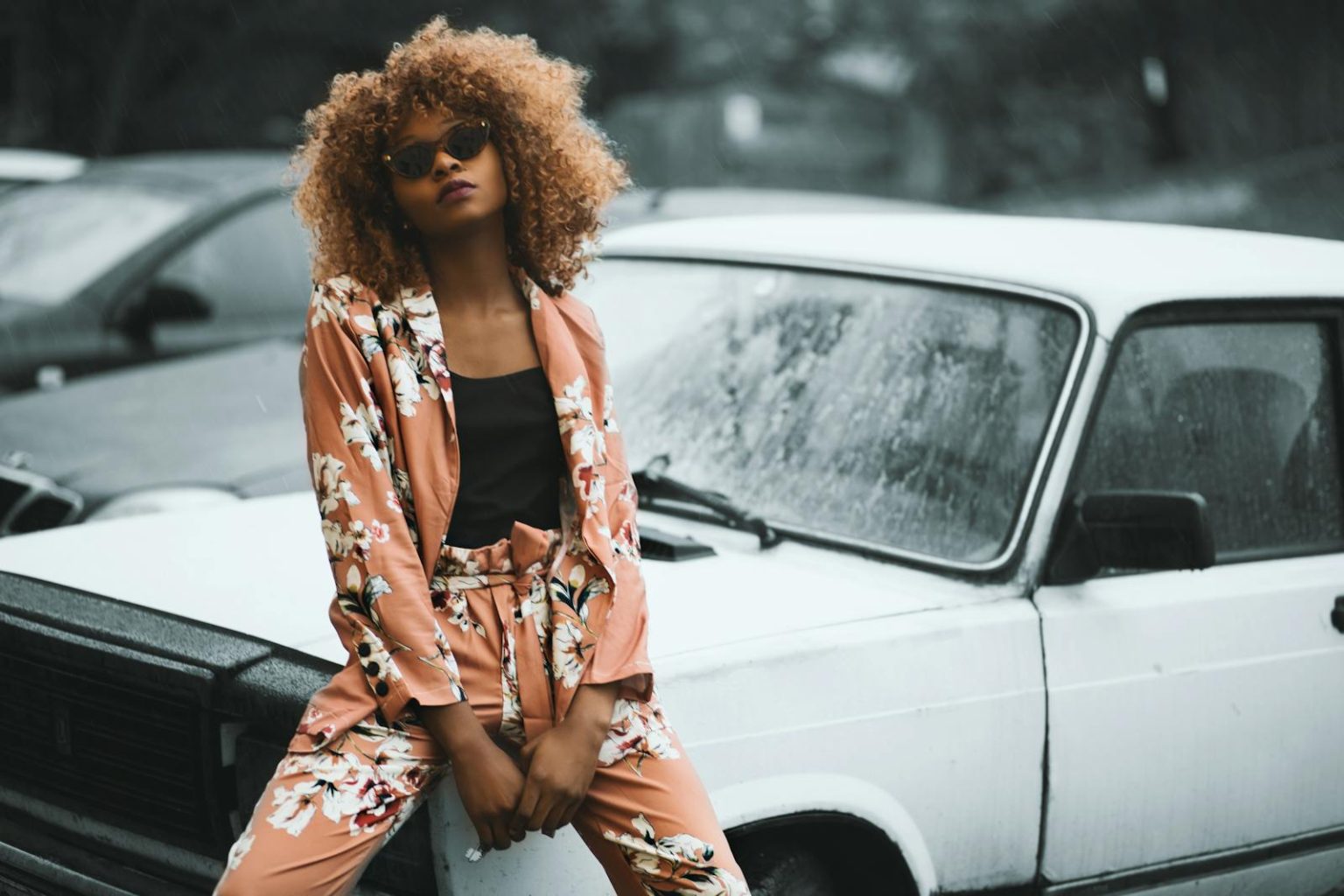Street style has come a long way from its origins in underground subcultures to becoming a significant force in high fashion. This transformation reflects broader changes in society, culture, and the fashion industry itself. Let’s explore how street style has evolved, the impact of its journey, and what it means for the future of fashion.
Origins in Subculture
Street style first emerged in the 1970s and 1980s, deeply rooted in urban subcultures. It was a reflection of the social and cultural dynamics of the time. In cities like New York and London, youth subcultures such as punk, hip-hop, and skateboarding began to forge their own unique styles. These styles were not just about fashion; they were statements of identity and resistance.
Punk fashion, for instance, was characterized by its DIY ethos, with ripped clothing, safety pins, and leather jackets symbolizing rebellion against the mainstream. Similarly, hip-hop style featured oversized garments, graphic tees, and sneakers, representing a break from traditional fashion norms and a celebration of individualism.
The Rise of Street Style
The 1990s and early 2000s marked a turning point. Street style started gaining attention beyond its subcultural origins. Fashion photographers and media outlets began to take notice of the creativity and authenticity emanating from the streets. This era saw the emergence of iconic figures like Harajuku girls in Japan, who became known for their eclectic and flamboyant outfits, and urban fashionistas in cities like New York and Paris, who mixed high and low fashion in innovative ways.
During this period, the concept of street style began to be recognized not just as a form of self-expression, but as a significant aspect of fashion culture. Influential figures like Ivy Park co-founder Beyoncé and Kanye West with his Yeezy line began to bridge the gap between street style and high fashion, bringing street-inspired elements to mainstream collections.
Street Style Meets High Fashion
The 2010s marked the full integration of street style into high fashion. Designers and brands started to incorporate elements of street culture into their collections, reflecting the influence of street style on the runway. High fashion houses like Balenciaga and Gucci began embracing oversized silhouettes, graphic tees, and sneakers, elements traditionally associated with street style.
Fashion weeks around the world became a stage for street style to shine, with attendees showcasing their individualistic and avant-garde looks. The rise of street style blogs and social media influencers further accelerated this trend, as they captured and disseminated street fashion to a global audience. Platforms like Instagram and TikTok became crucial in amplifying street style’s presence, allowing everyday fashion enthusiasts to influence and be influenced by high fashion.
The Impact of Street Style on Fashion
Street style’s influence on high fashion has democratized the industry, making it more inclusive and diverse. It has encouraged designers to explore new aesthetics and push the boundaries of traditional fashion. Moreover, it has given rise to a new form of creativity, where mixing and matching, layering, and personal expression are celebrated.
In addition, street style has had a profound impact on marketing and branding. Brands now engage with street style influencers and creators to reach younger, more dynamic audiences. The collaborative nature of this relationship has led to successful partnerships between high fashion brands and streetwear labels, resulting in collections that resonate with a broader demographic.
The Future of Street Style
Looking ahead, street style is poised to continue influencing the fashion industry in new and exciting ways. As technology advances, we can expect further innovations in how street style is shared and experienced. Virtual fashion shows, digital fashion, and augmented reality may all play roles in shaping the next phase of street style’s evolution.
Furthermore, the increasing focus on sustainability and ethical fashion is likely to influence street style trends. As consumers become more conscious of the environmental impact of their fashion choices, street style may lead the way in advocating for sustainable practices and eco-friendly materials.





